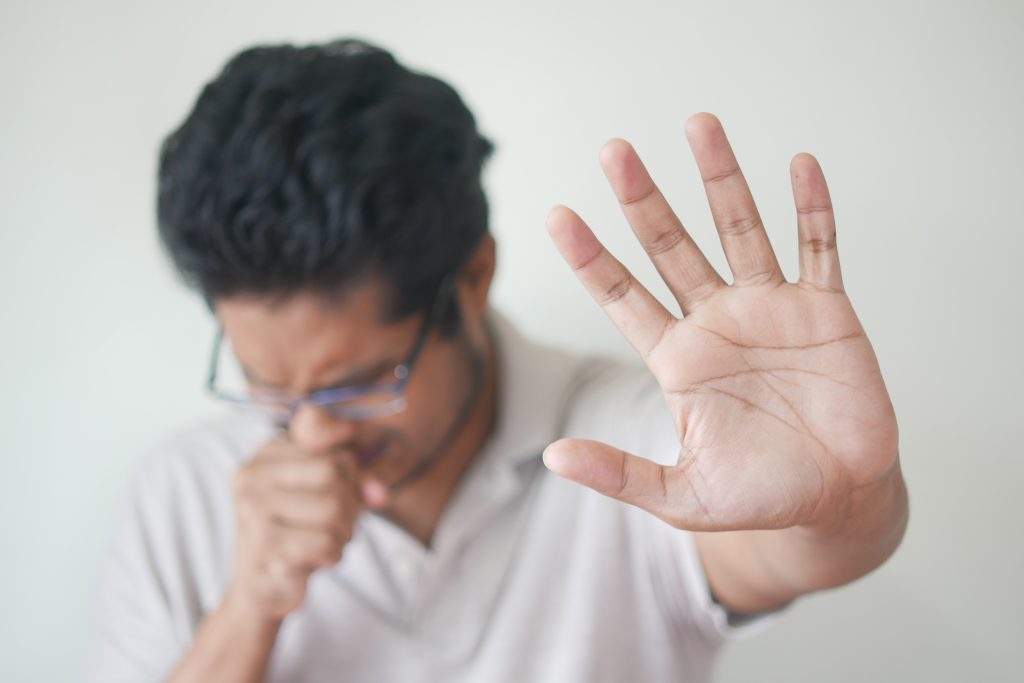Symptoms of Mold Exposure

Recognizing the symptoms of mold exposure is crucial for both your health and legal protection. From preventing long-term physical complications to possibly holding someone accountable for negligence, understanding these signs can guide you in obtaining timely medical intervention and compensation.
Toxic Mold and Exposure Symptoms
It’s generally agreed upon by medical professionals that some mold can be hazardous, especially certain species that are considered “toxic mold.” The most notorious is Stachybotrys, commonly referred to as ‘black mold’, which causes harmful side effects.
Exposure to toxic molds like black mold often manifests through a series of health issues. Its symptoms can easily mimic those of common ailments such as a cold, including:
- Respiratory difficulties
- Headaches
- Sneezing
- Coughing
- Skin rashes
- Recurring nosebleeds
More severe cases of exposure may result in:
- Pneumonia
- Bronchitis
- Periodic asthma attacks
- Continuous chest discomfort
- Unusual allergic responses
- Persistent joint ache
- Liver disorders
- Irreparable lung damage
If you or anyone around you starts experiencing these symptoms and believe you might be facing exposure to mold, you should take medical and legal steps as soon as possible.
Claims and Lawsuits For Mold Exposure
Filing a lawsuit due to mold exposure typically occurs in a few different scenarios including but not limited to:
- Construction defect claims, such as improperly installed moisture or vapor barriers resulting in significant mold growth.
- Breaches of warranty in landlord-tenant situations – like a failure to remedy known hazards and/or prevent dangerous situations for residents.
- Failure on the part of sellers/real estate agents to fully disclose property defects pertaining to potential harmful molds.
- Workers’ compensation claims in Los Angeles for employees exposed at their places of work.
Staying informed about current medical and scientific findings on illnesses related to mold exposure is critical for a successful injury claim based on mold exposure. It can be overwhelming to deal with these matters, but you don’t have to go through this alone—an experienced Los Angeles personal injury lawyer who specializes in such cases can provide the guidance you need.
Evidence Used in a Mold Exposure Claim
Navigating a mold exposure claim can seem overwhelming, but with the right type of evidence it becomes much less intimidating. The most common types of evidence used in these claims include the following:
Medical Records: These documents are essential and form part of any successful lawsuit. They showcase all symptoms, clinical diagnoses, and treatments relevant to the harmful mold exposure you’ve experienced.
Physician Statements: Detailed observations from healthcare professionals corroborating the relationship between your health concerns and mold exposure can significantly strengthen your case.
Property Inspection Reports: Reports from professional mold inspectors or environmental experts, describing the mold problem and its causes, is essential as well.
Photographic Evidence: Concrete visual proof captured through photographs or videos can demonstrate the extent of mold contamination and be pivotal in supporting your claim.
Maintenance Records: These records can provide contextual information about the property’s upkeep, issues with maintenance obligations, or indications of conditions conducive to mold growth such as previous incidents of water leakage or damage.
Navigating the complexities of legal claims surrounding mold exposure can seem frightening, but you never have to do it alone. If you have any questions, don’t hesitate to contact us today to schedule a free consultation.
